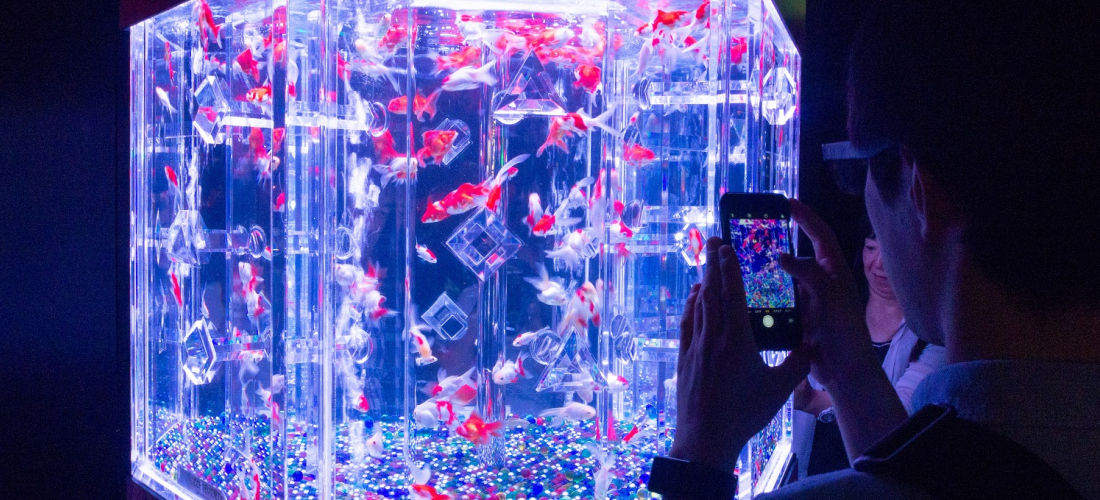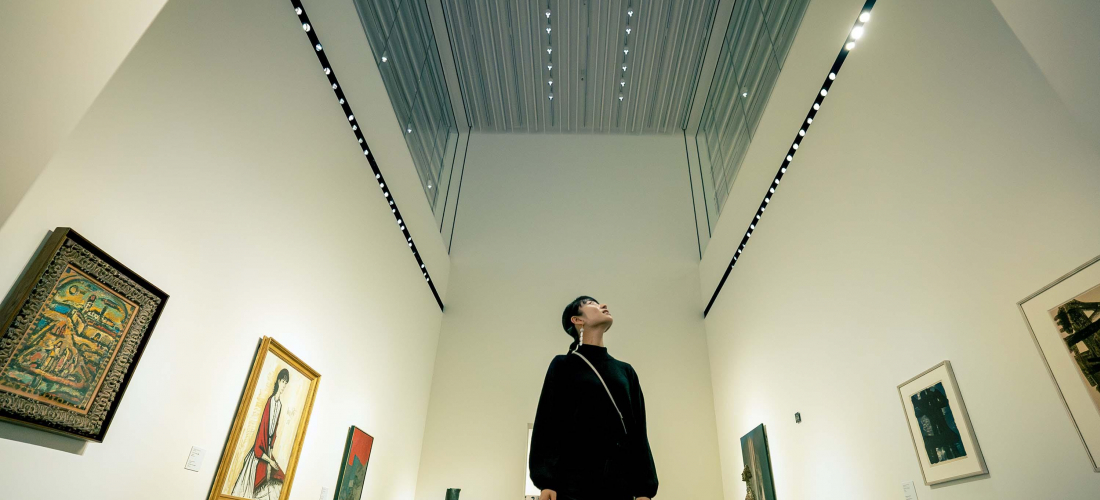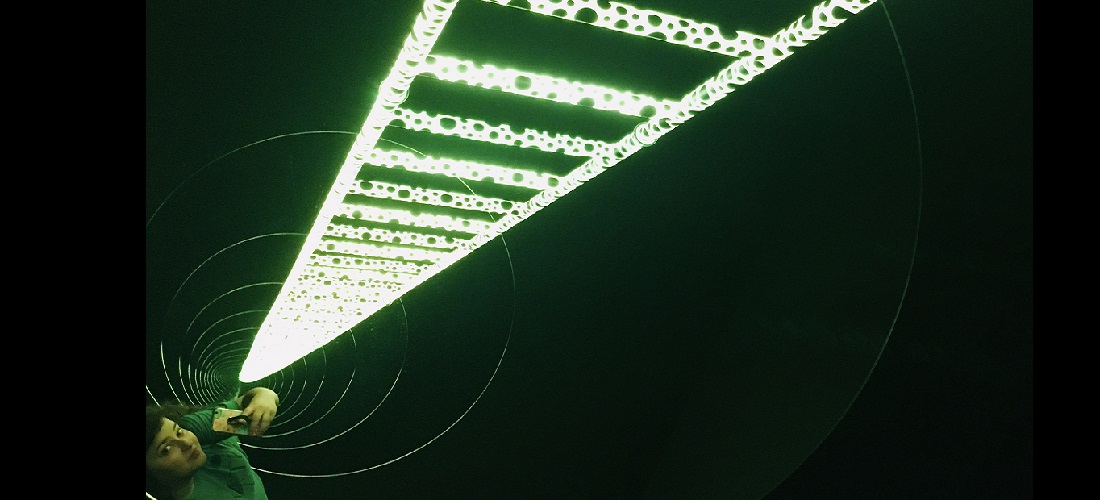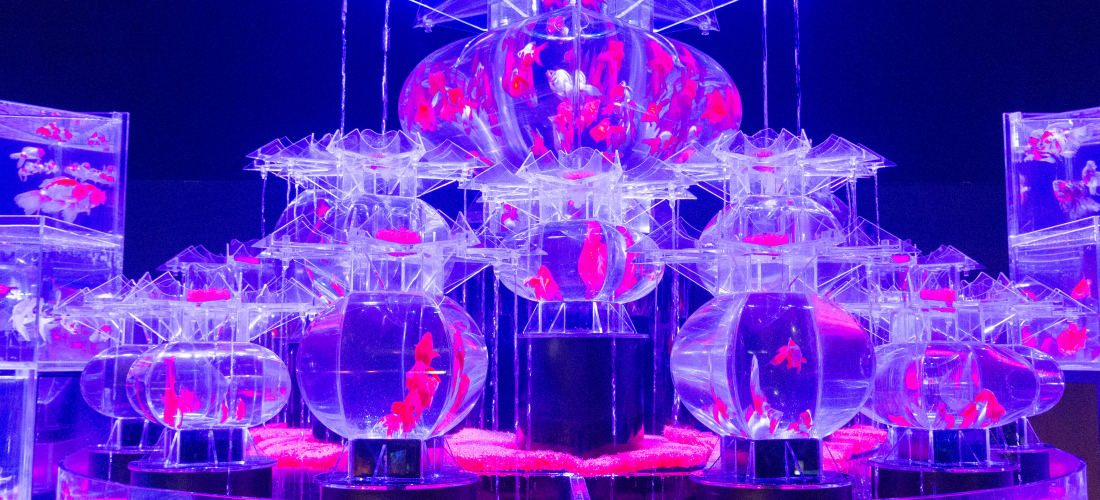CONTENTS
For the past few years, this Tokyo event has been carrying on the Japanese tradition of celebrating the elegance of a swimming goldfish each summer. You’ll be seeing 10,000 beautiful goldfish of all different kinds, but aquarium doesn’t quite cover it. Walk into the exhibition hall and you might feel a little like you’ve walked onto Japan’s freshest sci-fi movie set (probably the ubiquitous futuristic night club set, maybe in the middle of space?)
Artist Hidetomo Kimura is reinterpreting this age-old Japanese kingyo (金魚, goldfish) tradition as the Eco Edo Nihonbashi Art Aquarium (アートアクアリウム), with the theme of ~Edo, Coolness of Kingyo~, giving each display a little Japanese flavor. The exhibition will be moving to the southern Japanese city of Kumamoto after this, so see it this summer before it’s gone!
Like a Goldfish-Filled Fever Dream,
2019 is Your Last Chance to See It All in Tokyo!
This cool yearly attraction is a popular destination for local Tokyoites and travelers alike, so we've had it on our event calendar for months (you'll find the art aquarium right here, but do take a look at the calendar for similar cool events around Japan.) And no wonder it's so popular; with thousands of colorful fish swimming around dozens of crazy, beautiful enclosures, it's bound to leave an impression.
Hidetomo Kimura first launched the Art Aquarium in 2011, and has been introducing new features to the exhibition every year since. These days, the Art Aquarium even becomes the "Night Aquarium" after 7pm, with a bar and special themed cocktails, plus a series of ~after hours~ special events featuring DJs, kabuki artists, and more.
As the magnificent finale of the Nihonbashi Art Aquariums, 2019 will feature more kingyo and more tanks than any previous event. Using lighting and sound design, it is a little like wandering into an Edo Period geisha quarter in an alternate universe. Before everything gets moved to Kumamoto, feast your eyes on some impressive displays.
The fish swim around in tanks of all sizes, from smaller enclosures with one or two little golden gems, to monster tanks like the Super Oiran (超・花魁), where the orange fish whirl around the bowl like a vortex of autumn leaves.
Each of the works has a bit of a different atmosphere, the OoOku (大奥) included. On top of the varying shapes and sizes of each tank, the shifting lights shine colors into the water, highlighting the glinting goldfish scales in different ways.
The Lotusrium has kind of a different vibe, a little more fairy garden and a little less Japanese space disco.
(As a Zelda player, I was convinced a great fairy might pop out of this one at any moment, sending water and poor goldfish everywhere.)
This is the first and last time all of these special tanks are being brought together like this in Nihonbashi. We were glad to have a chance to visit, and take some good snapshots while we were at it.
Whether you need some sweet new profile pics, or you just want revel in the magical ambience with the rest of Tokyo, read on to see what else the Art Aquarium has on display.
It’s All About the Kingyo
Wandering through the exhibition hall, it's impossible to keep track of how many goldfish you've seen. (You'll end up counting "1, 4, 9… 209? 4,009?") It's a lot of fish, and the colorful schools go to and fro in the ever-moving and changing exhibits. Each new space in the hall utilizes the beauty of fish gracefully cutting through the water in a different way, presenting all kinds of watery elegance. If you suffer from ichthyophobia (you're a little fish-phobic), this might not be the event for you.
On the other hand, if you love fish, this is a must-see.
Our Taiwanese editor especially enjoyed the group of works called Aqua Gate, which featured a cascading group of tanks. They did seem a bit like a gate to another world.
Our English editor on the other hand (hello there!), was a fan of the tanks with fantastic kaleidoscopic and magnifying effects. These brought the concept to another level, miles away from that toy kaleidoscope filled with bits of colorful plastic you had as a kid. Look through one of the kaleidoscopic chambers on the sides of the tank, and the little goldfish moving in front of a background of colorful marbles create a pretty enchanting effect that you can watch for hours. We sat spellbound by the magnifying bubbled lenses, which make the living fish become broken images that flutter and shift in front of your eyes. Pretty cool!
Between the pyramidal shape of this tank and the round lenses scattered across the sides, it might not have had the majestic size and presence of one like the Super Oiran, but it certainly left an impression.
Even within the tanks, the fish were separated into different chambers, making sure the kaleidoscope effect worked like a charm.
Playing with Light and Shadow
In fact, while the huge tanks are nothing to scoff at, the JAPANKURU team all seemed to prefer the smaller versions arranged strategically throughout the space. Some of the most beautiful views at the event were to be found squinting through the lace on the small lantern-like works, or looking down on the graceful fishy shadows as seen from above.
The lights within these tanks transformed them into Japanese lanterns, highlighting the silhouettes of the small fish inside.
Peeking through the red lace, it feels a bit like getting a glimpse of a private world… of goldfish.
Look through the sides of the tank and it looks like the fish are surrounded by layers and layers of lacey curtains.
Some of the other small tanks feature rare and unique goldfish varieties, turning the focus away from the surroundings and focusing on the individual shapes and peculiarities of these special breeds. There are even little plaques to tell you what each goldfish variety is called in Japanese. The circular tanks elegantly frame the little fish, making the stark shadows look like traditional ink paintings against the white background. If the other tanks seem to pay too much attention to the lights and glamor of the exhibition, these little enclosures might be your favorite.
We thought some of them had excellent little fish-wigs.
The transparent sides of the tanks also let you see the fish from other angles. We appreciated the chance to get a good view of this manicured fish afro.
Fish in the Ceiling, Fish in the Walls
Making the whole space a goldfish infused dream, some of the exhibits at the event are new takes on classic spaces.
Framed tanks in the ceiling of the corridor, this particular spot is a new spin on goldfish viewing. Are we looking at framed paintings? Out the window into the garden? Right into a fish pond itself? Why are the fish… up?
It's all very fishy.
While the ceiling fish were presented in more of a western display, with the carved and gilded frames, this wall tank clearly took more inspiration from Japan itself. The open latticework makes it seem like you might be looking out the window of a traditional Japanese home… underwater.
The final space in the exhibition involves fish and projection mapping, using the tank to turn every moment into a new, gorgeous kimono design. Liquid colors and droplet patterns flicker across the garment shape, while the minute decisions each goldfish makes transform the fabric's pattern.
With this being the finale of the Tokyo exhibition, we all wished we could freeze time and create a real kimono from that moment. What a last souvenir that would be.
What Else You’ll Find
This is Japan, so upon exiting the dark hall you'll find yourself in a brightly lit cafe space and gift shop. Sit down at a little table by the window, looking down onto a busy Tokyo street, and you can treat yourself to some fun goldfish-themed snacks and drinks. Some choice options are the coffees with goldfish latte art, little jello cups and sodas featuring goldfish gummies, and goldfish-patterned Swiss roll. (Your friendly neighborhood JAPANKURU editors didn't have the necessary 600~700 yen on hand to indulge in these delights, so we hope you'll try them and tell us what you thought!)
Walk a little further and you'll find yourself in merchandise heaven, with a gift store offering goldfish items of all kinds. If we'd had the cash, we might have spent ourselves into ruin, picking up boxes of little goldfish macarons, handkerchiefs and towels, patterned fans, cute fish stuffies, snacks, accessories, and display items of all kinds.
These fans are pretty adorable, and we all wanted to take a few back to the office to fan ourselves as we work. Unfortunately, the price was not quite so adorable. Maybe next time, goldfish.
We fell in love with this pattern, so us editors settled for the cheaper souvenirs of lollipops and postcards. (Don't worry, the lollipops aren't goldfish flavored! The pattern might fool you, but it was just a fruity strawberry.)
The Need-to-Know Info
The Art Aquarium is no well-kept secret, so on the weekends it gets crowded! The JAPANKURU team got there 30 minutes before opening on a Sunday, and the line of people waiting was already 50+. If you're in Japan on vacation, we heartily recommend you try going on a weekday, and avoid the Japanese summer holidays that center around Obon if you can (around August 10~18). Of course, if you really want to take some fantastic shots of the exhibition with no people in the background, you can spring for a priority ticket. (Admission is 1,000 yen, priority 2,000 yen.) You'll still want to get there before things open, in that case, since the priority just springs you to the front of the line.
The event is actually tied up with a number of other things going on in the neighborhood, so make it a whole day out! You can see the informational pamphlet, in Japanese, right here. For one, the ticket (or just wearing a yukata) will give you discounts on a few things within Coredo, the mall that contains the exhibition hall. Our favorite promotion was the free photo print you can get just downstairs. Take a cool picture at the exhibition, post it on instagram with the hashtag #コレドの夏 (Coredo summer!), and get your print with a special goldfish digital frame from a machine in the 4th floor Muji. Afterwards, head out of the mall and back onto the streets: nearby is the Fukutoku Shrine, where you'll find a very summery display of little Japanese wind chimes.
Or, if you happen to be as much of a fan of both pokemon and bubble tea as we are, you can take a little stroll to get some themed tapioca drinks in the same neighborhood. The Nihonbashi Takashimaya has a pop-up Hong Kong-style pokemon-centric boba stand in the basement from August 1~13!
At 540 yen and up, the drinks aren't cheap, but look at that face. Can you say no to that face?
We couldn't!
Eco Edo Nihonbashi Art Aquarium 2019 ~Edo, Coolness of Kingyo~
Dates: July 05, 2019 – September 23, 2019
Hours: 10:00 – 22:30 (Sat ~11:30) / Night Aquarium from 19:00~
Location: 2-2-1 Nihonbashi Muromachi, Chuou-ku, Tokyo
Access: At Mitsukoshimae Station, 10 min. from Kanda Station, Nihonbashi Station, Tokyo Station
Official Website
Here are some other events we think you might like:
Digitized Forest at the World Heritage Site of Shimogamo Shrine, Kyoto Art by teamLab
Enoshima Island Toro Lantern Festival (江の島灯籠) 2019
Kamuy Lumina – An Enchanted Night Walk at Lake Akan (Hokkaido)
Ski Jam Geo Illumination (Dinosaur Themed!) Light Show – (Fukui)
And if you like hanging out with animals, there's always Hiroshima's rabbit island!
Or add us on Instagram and Facebook to share your pictures of Japan.

Details
NAME:Eco Edo Nihonbashi Art Aquarium <br>(ECO EDO 日本橋アートアクアリウム 2019 ~江戸・金魚の涼~)
MAP
ACCESS:Mitsukoshimae Station
COMMENT
FEATURED MEDIA
VIEW MOREMAP OF JAPAN
SEARCH BY REGION

LATEST
VIEW MOREEVENT CALENDAR
VIEW MOREMOST POPULAR
 Tokyo Winter Recommendation: Don’t Miss Tokyo Mega Illumination, Japan’s #1 Light Show
Tokyo Winter Recommendation: Don’t Miss Tokyo Mega Illumination, Japan’s #1 Light Show ป้ายยาสินค้าน่าซื้อในร้านขายยาญี่ปุ่น | KOWA ผลิตภัณฑ์เพื่อสุขภาพสำหรับคนยุคใหม่
ป้ายยาสินค้าน่าซื้อในร้านขายยาญี่ปุ่น | KOWA ผลิตภัณฑ์เพื่อสุขภาพสำหรับคนยุคใหม่ Okinawa Family Road Trip: Japanese Glasses Shopping at San-A Urasoe West Coast PARCO CITY, Discount Coupons, & Okinawa Sightseeing with JINS
Okinawa Family Road Trip: Japanese Glasses Shopping at San-A Urasoe West Coast PARCO CITY, Discount Coupons, & Okinawa Sightseeing with JINS



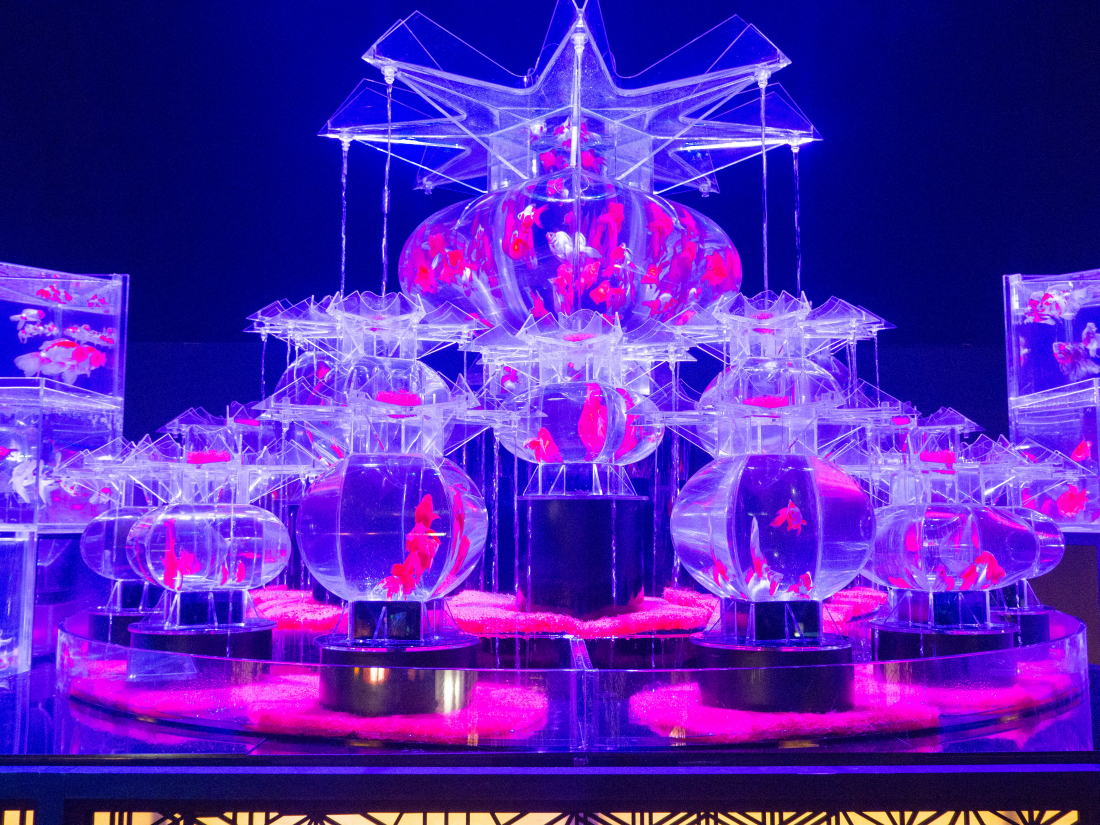

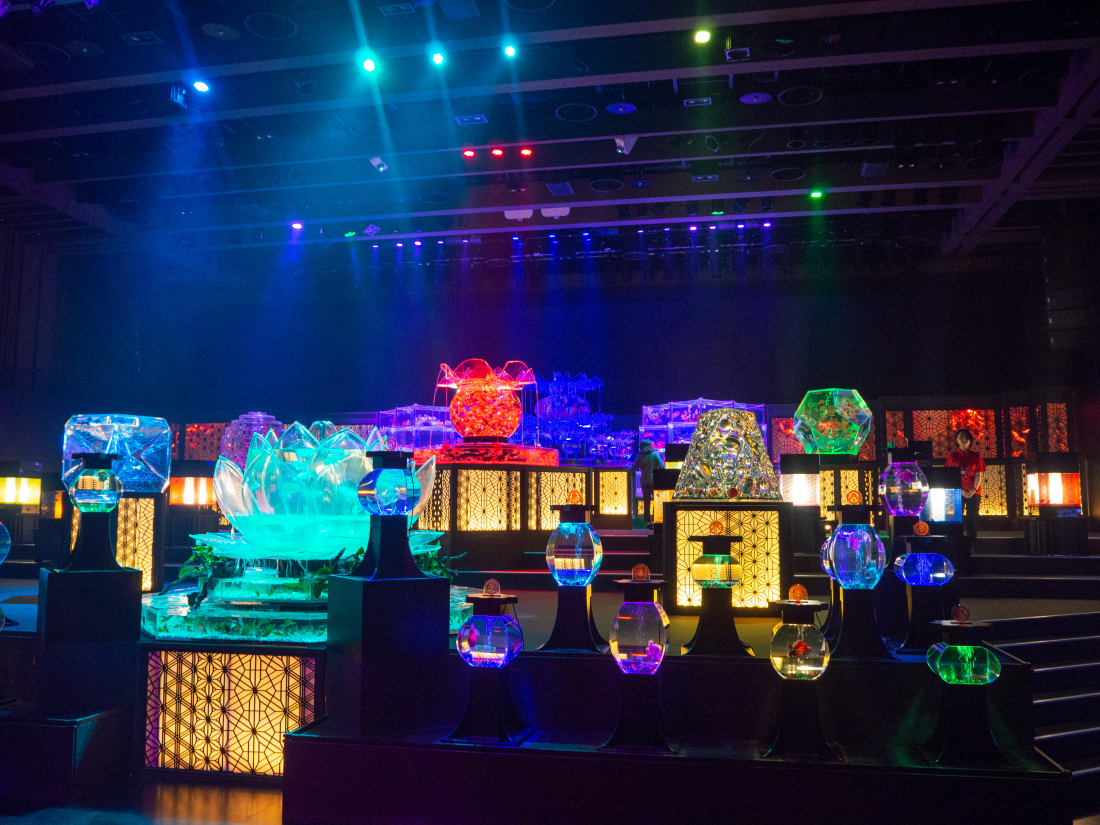
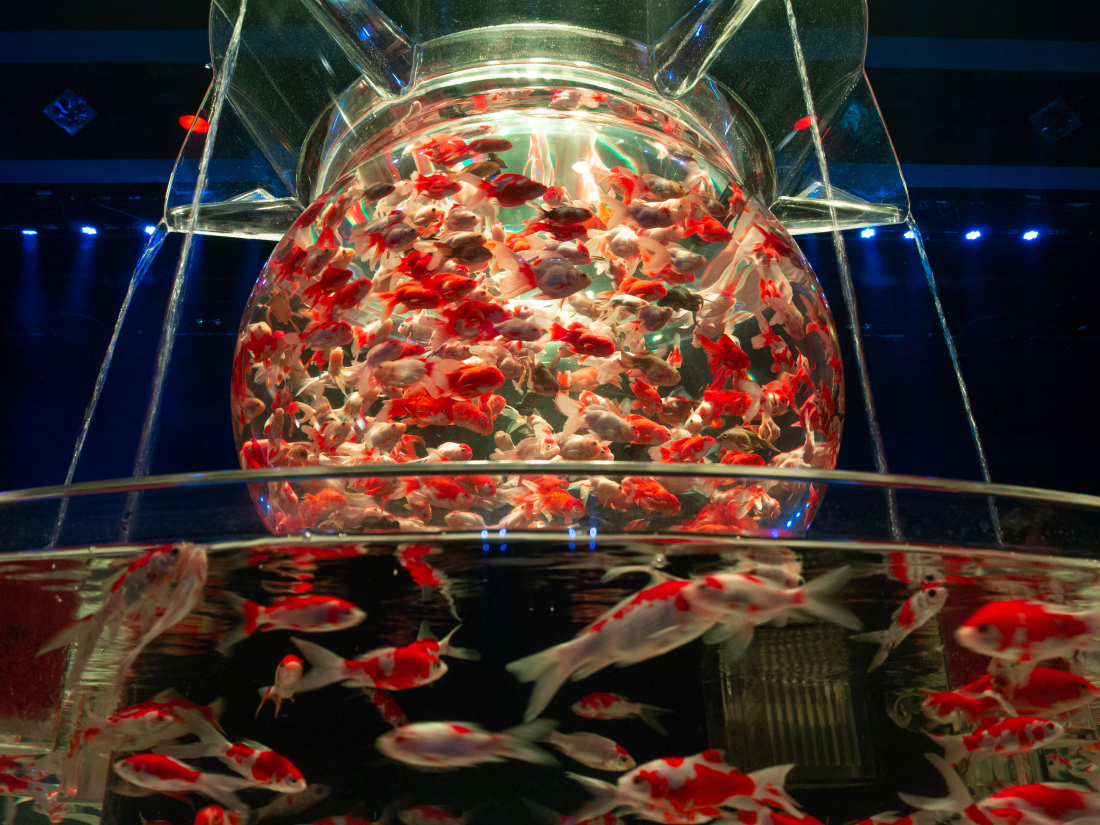
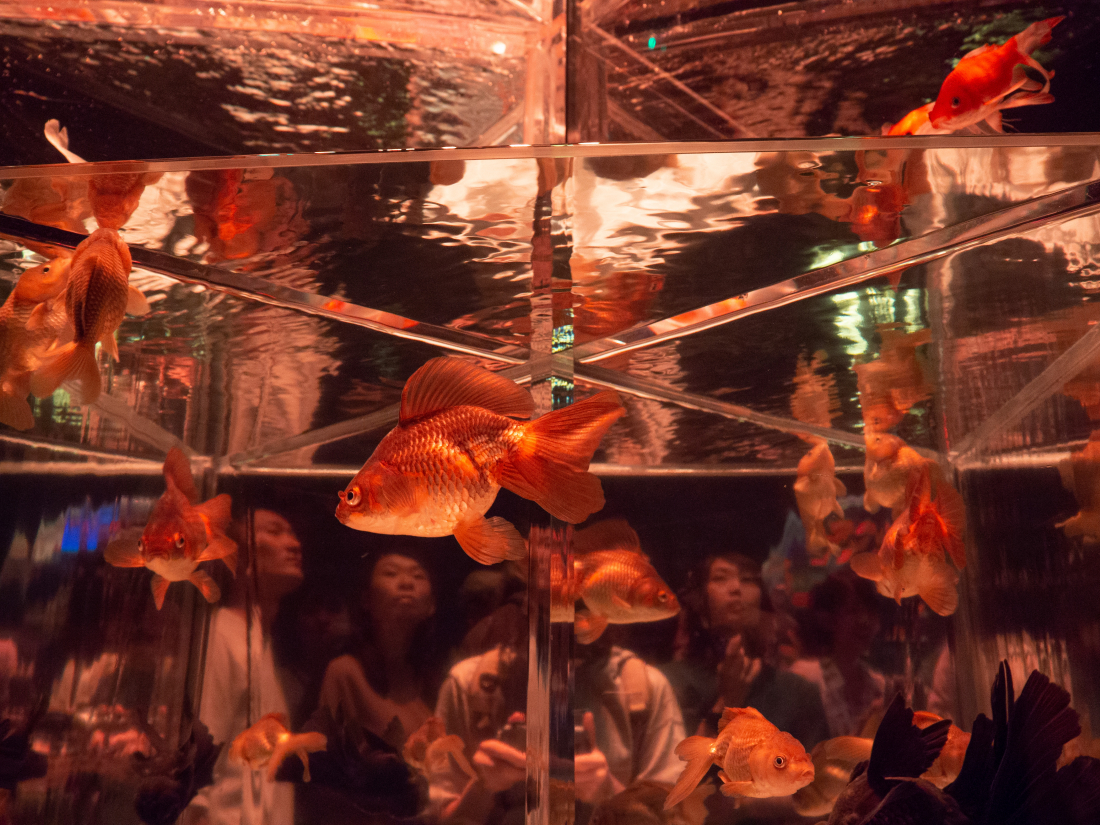
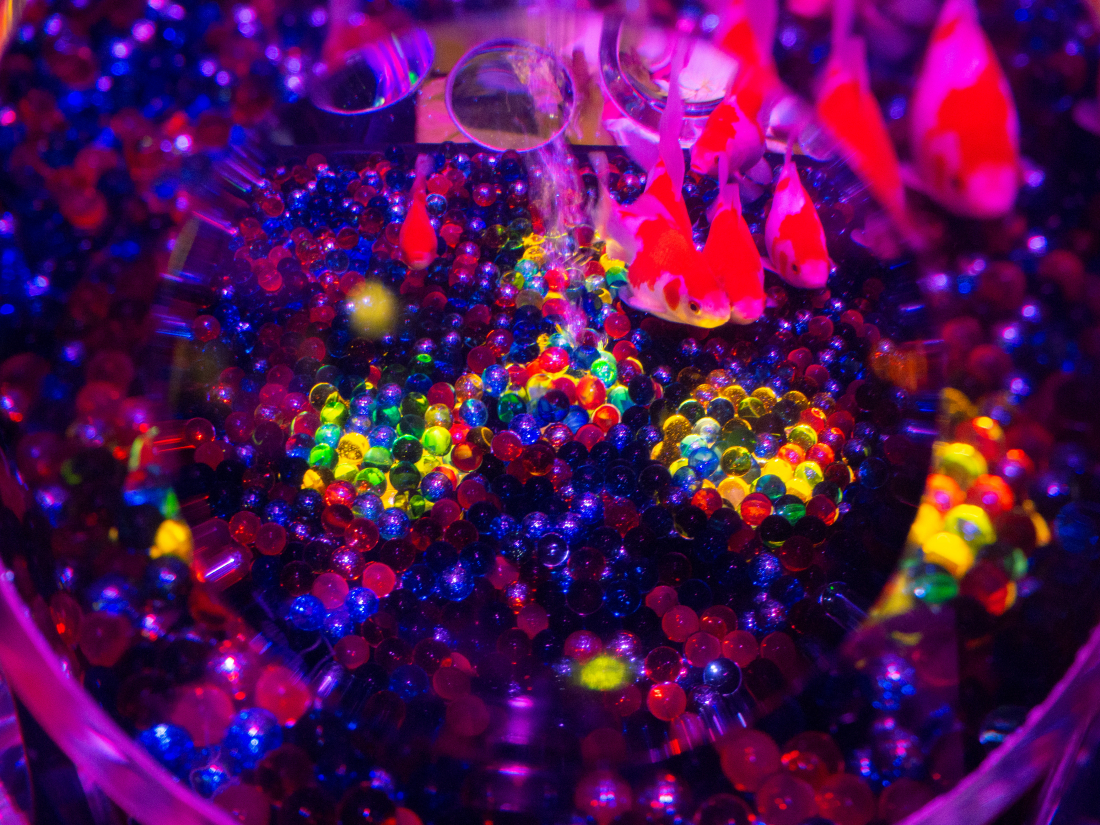

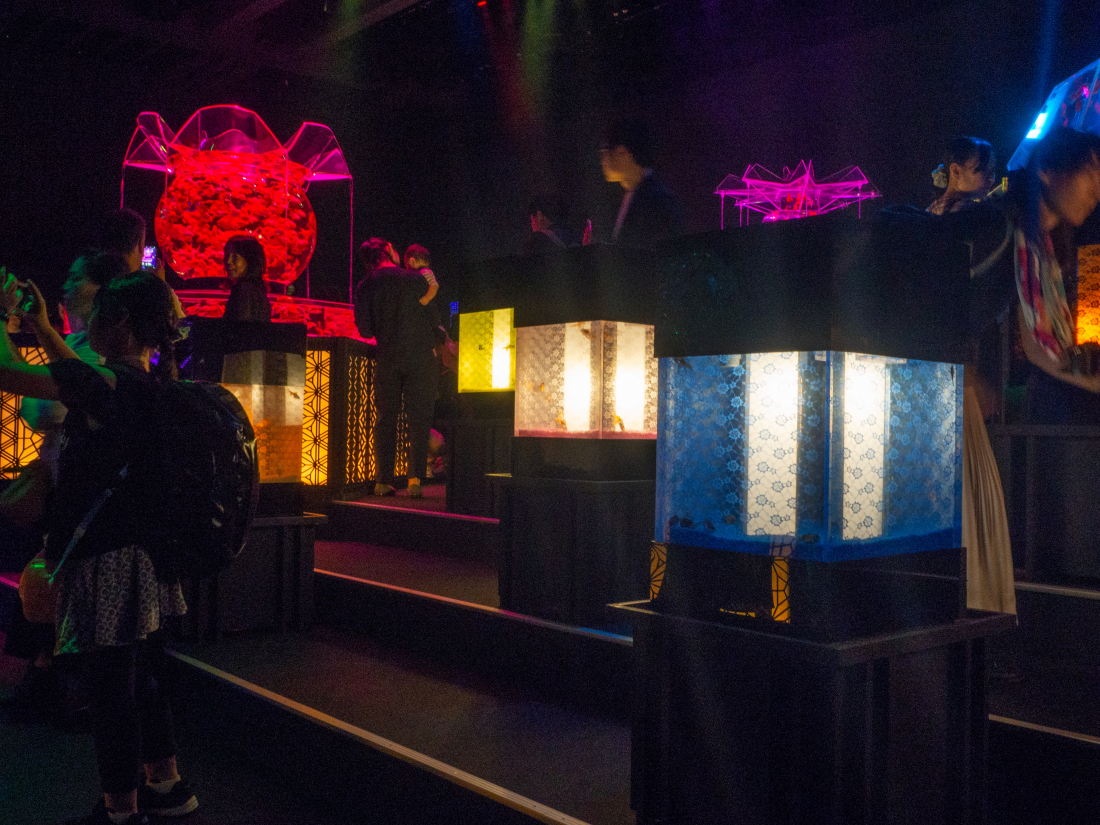
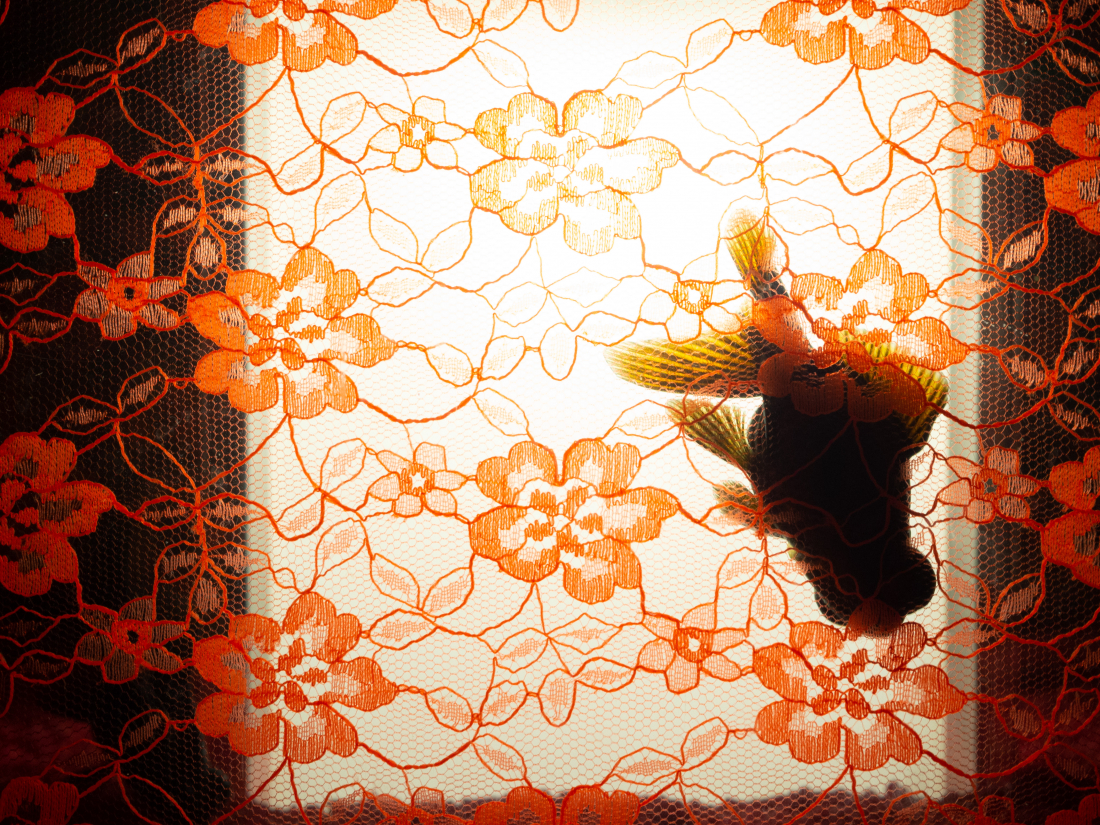
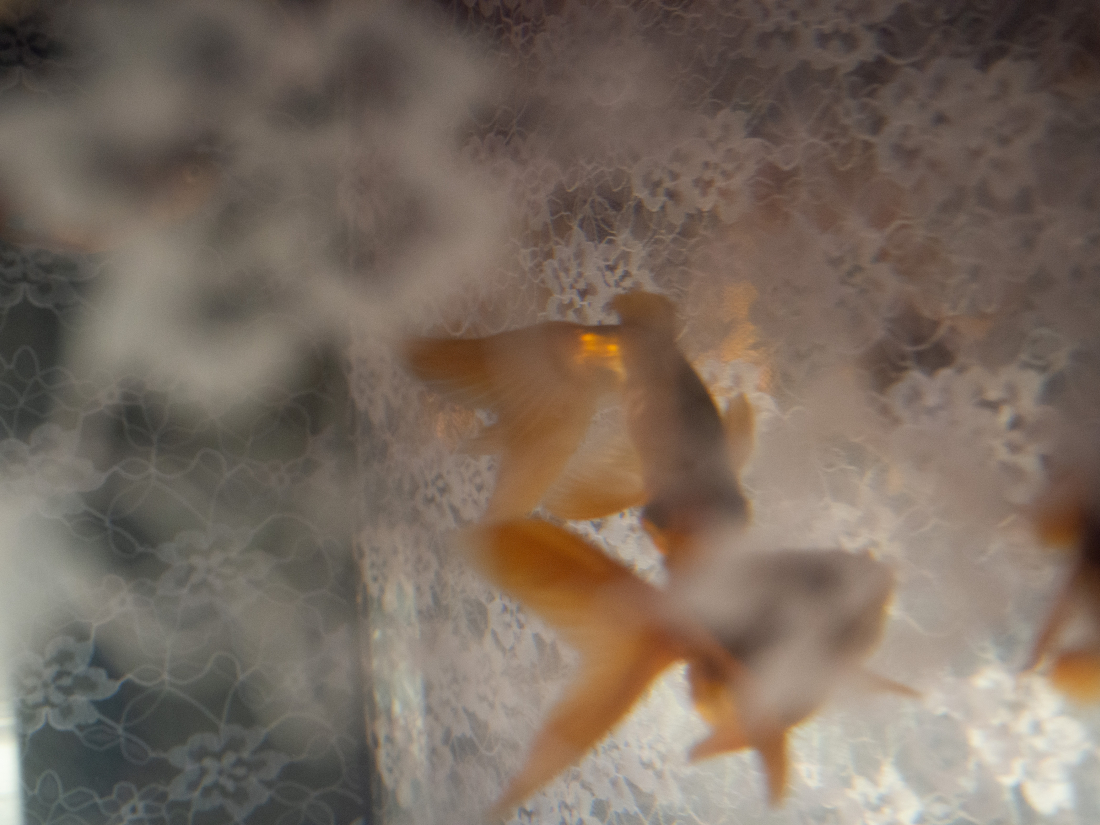
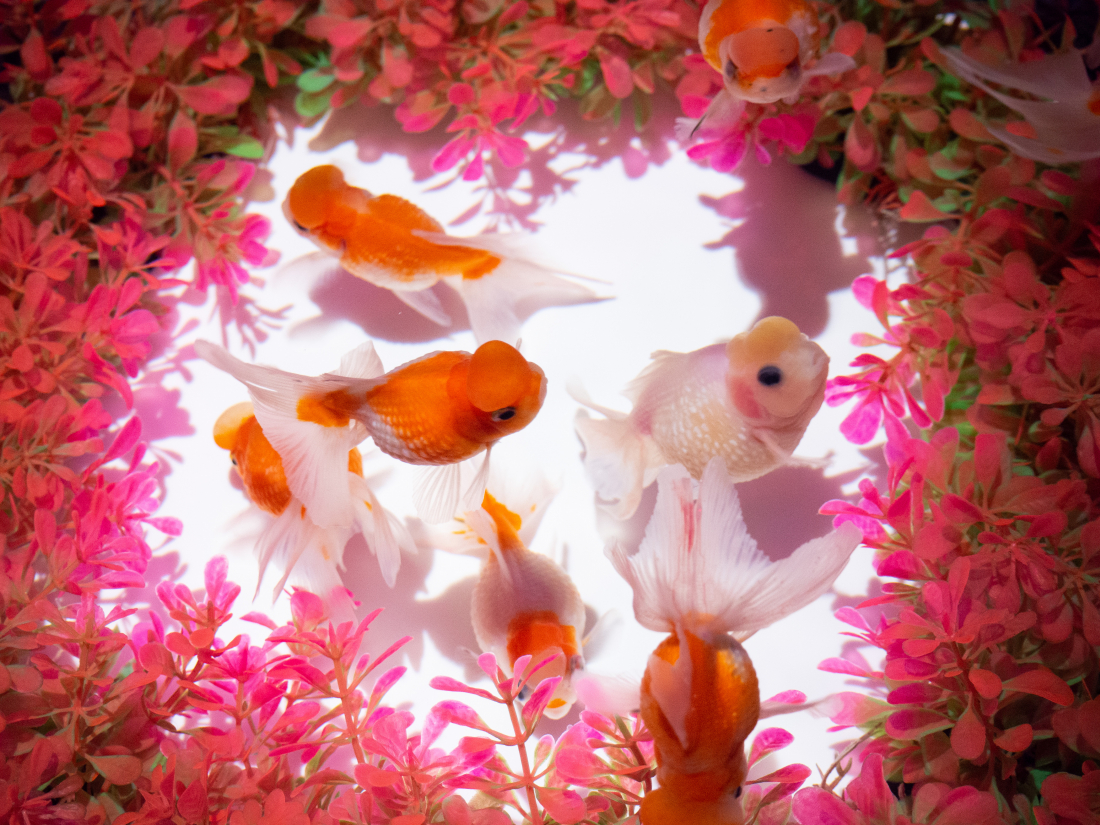
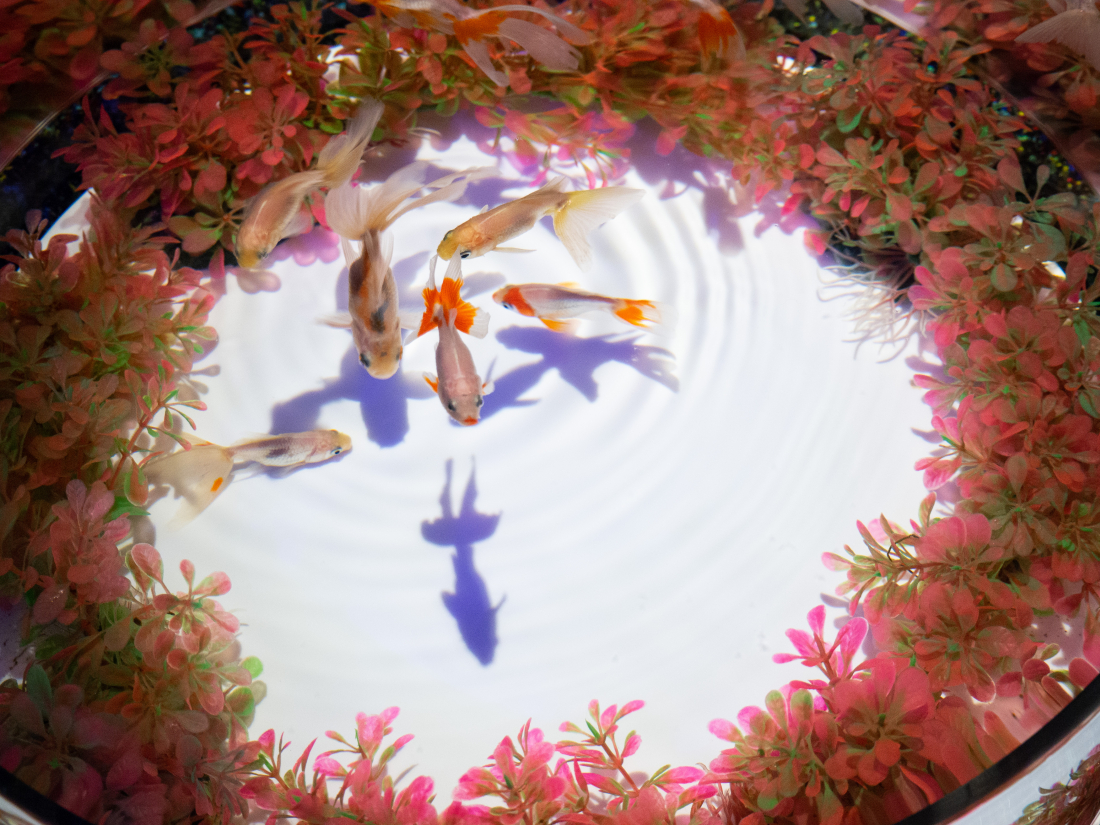
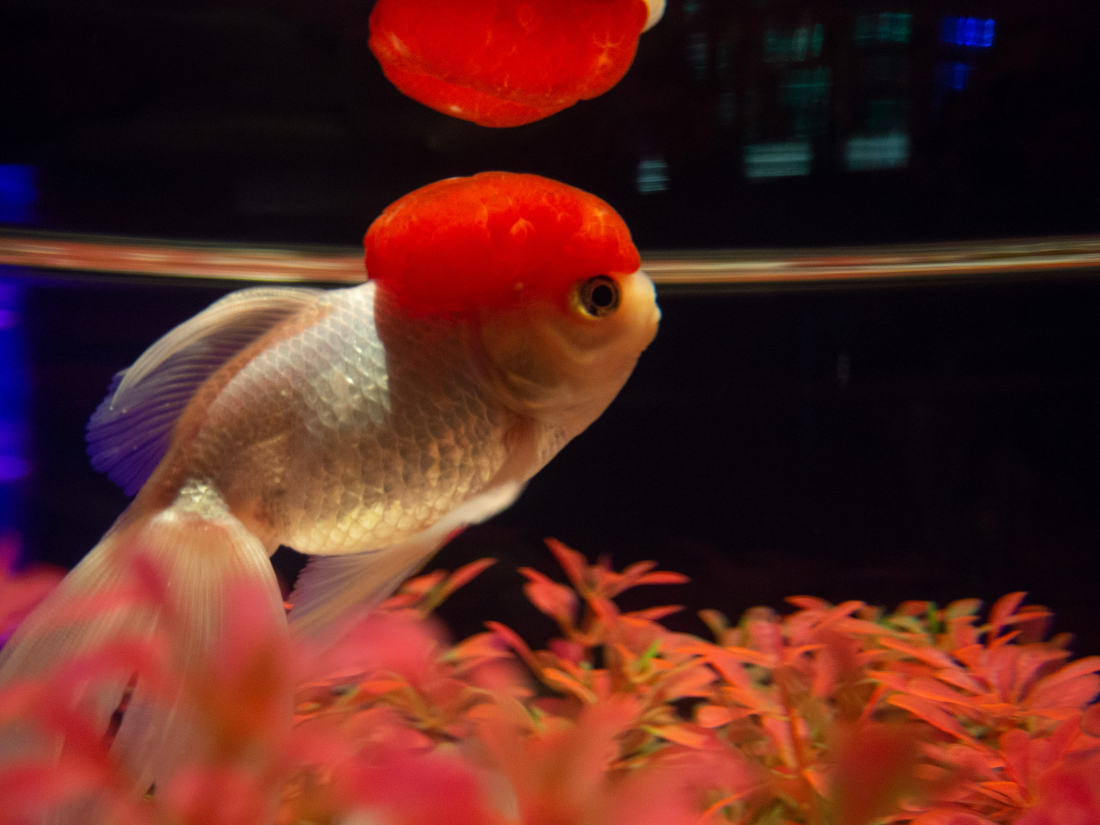
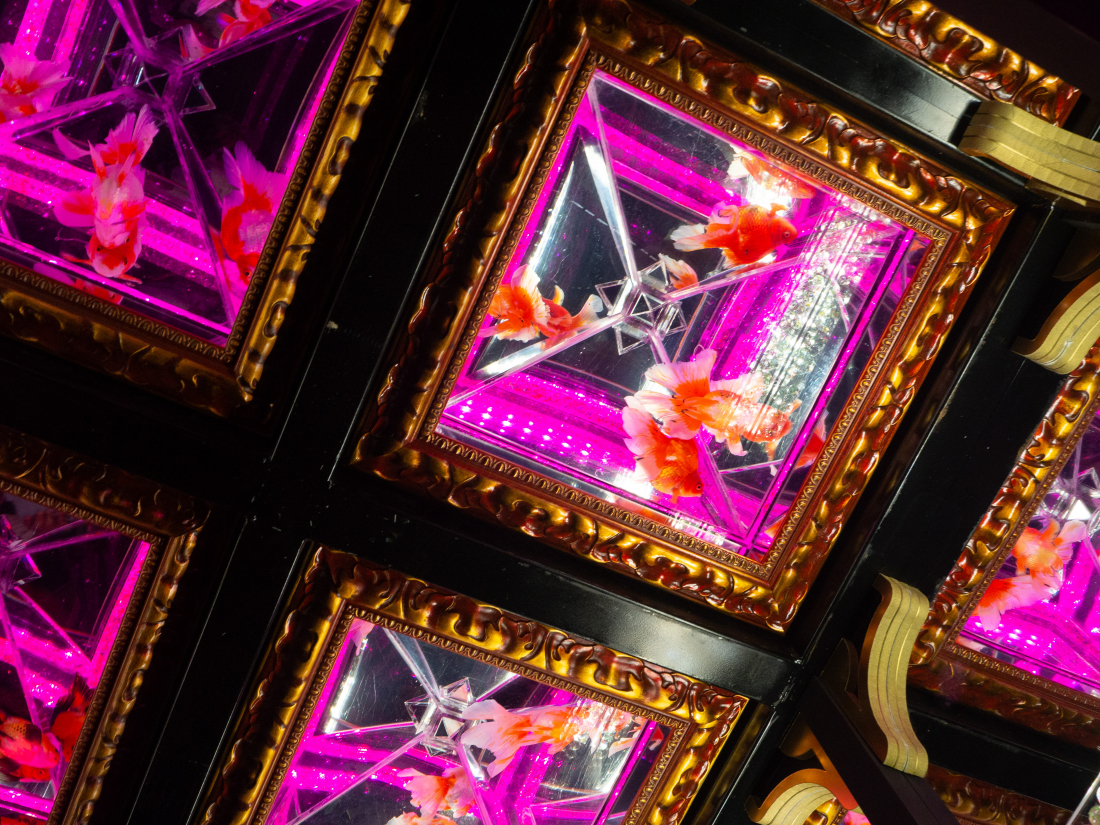

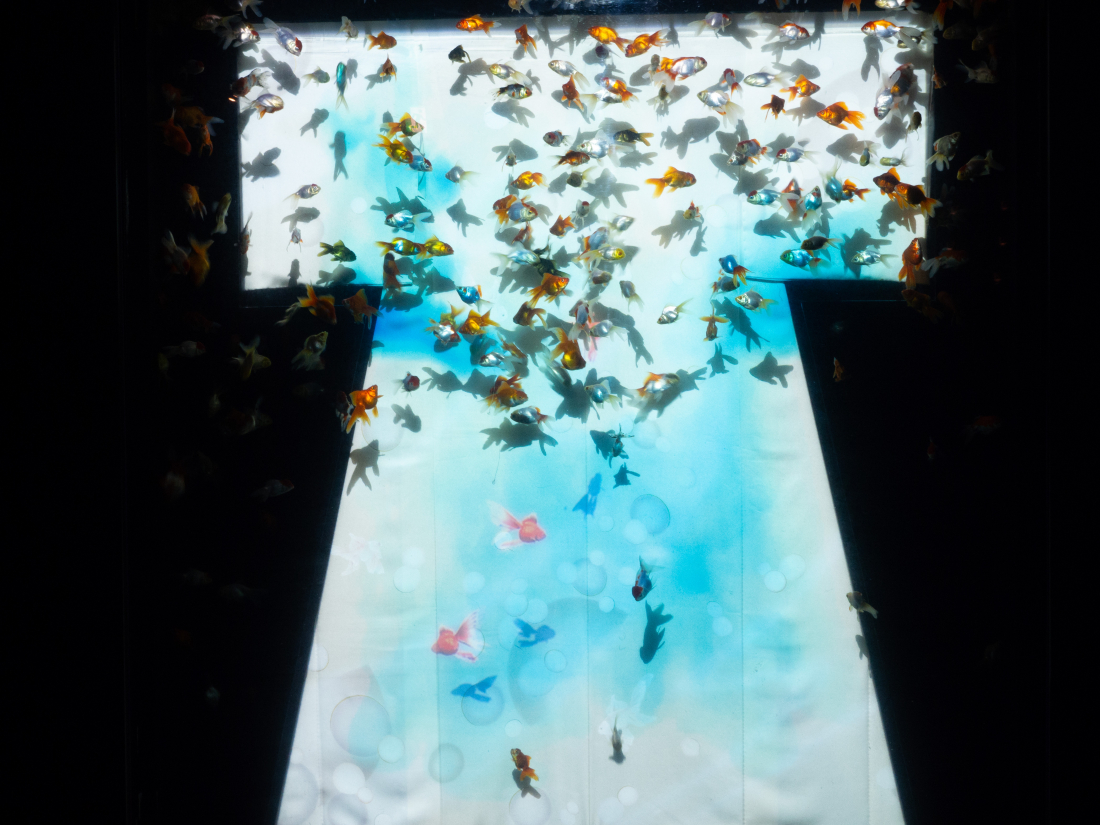
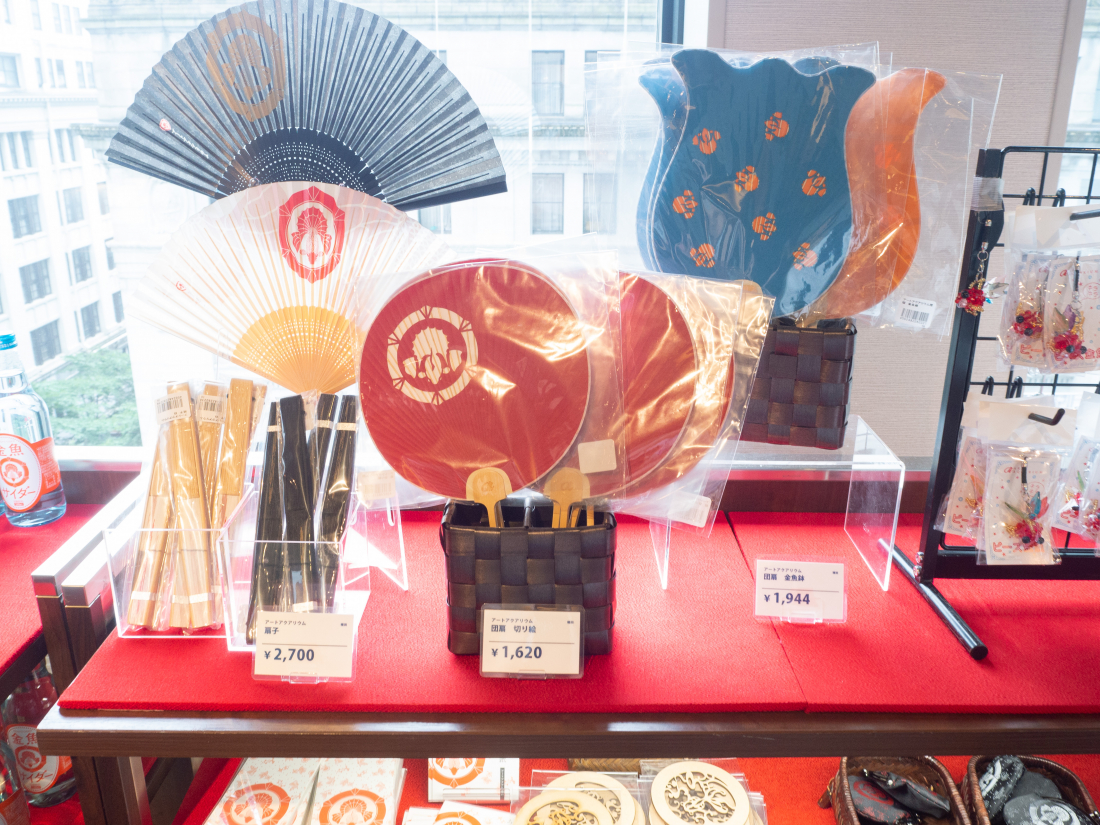
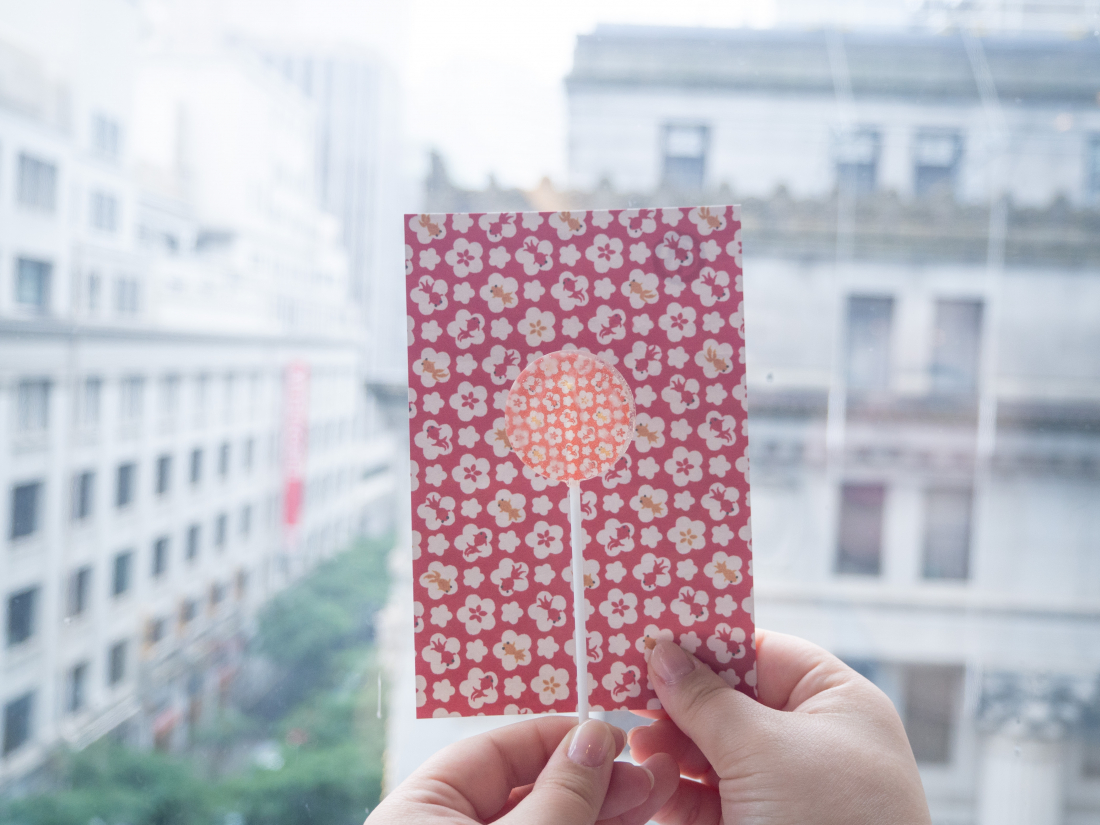

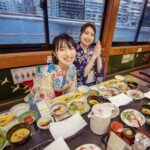



 >> Find out more at Japankuru.com! (link in bio)
#
>> Find out more at Japankuru.com! (link in bio)
#





 The Robot Restaurant is gone, but the Samurai Restaurant is here to take its place. Check it out, and don't forget your coupon!
The Robot Restaurant is gone, but the Samurai Restaurant is here to take its place. Check it out, and don't forget your coupon!
 신주쿠의 명소 로봇 레스토랑이 사무라이 레스토랑으로 부활! 절찬 쿠폰 발급중
신주쿠의 명소 로봇 레스토랑이 사무라이 레스토랑으로 부활! 절찬 쿠폰 발급중
 18歲以上才能入場的歌舞秀,和你想的不一樣!拿好優惠券去看看~
#tokyo #shinjuku #samurairestaurant #robotrestaurant #tokyotrip #도쿄여행 #신주쿠 #사무라이레스토랑 #이색체험 #할인이벤트 #歌舞伎町 #東京景點 #武士餐廳 #日本表演 #日本文化體驗 #japankuru #japantrip #japantravel #japanlovers #japan_of_insta
18歲以上才能入場的歌舞秀,和你想的不一樣!拿好優惠券去看看~
#tokyo #shinjuku #samurairestaurant #robotrestaurant #tokyotrip #도쿄여행 #신주쿠 #사무라이레스토랑 #이색체험 #할인이벤트 #歌舞伎町 #東京景點 #武士餐廳 #日本表演 #日本文化體驗 #japankuru #japantrip #japantravel #japanlovers #japan_of_insta
 코지마 x 빅 카메라 쿠폰으로 일본 가전 제품 쇼핑하기
#pr #japankuru #japanshopping #kojima #biccamera #japaneseskincare #yaman #dji #osmopocket3 #skincaredevice #日本購物 #美容儀 #相機 #雅萌 #日本家電 #일본여행 #면세 #여행꿀팁 #일본쇼핑리스트 #쿠폰 #일본쇼핑 #일본브랜드 #할인 #코지마 #빅카메라 #japankurucoupon
코지마 x 빅 카메라 쿠폰으로 일본 가전 제품 쇼핑하기
#pr #japankuru #japanshopping #kojima #biccamera #japaneseskincare #yaman #dji #osmopocket3 #skincaredevice #日本購物 #美容儀 #相機 #雅萌 #日本家電 #일본여행 #면세 #여행꿀팁 #일본쇼핑리스트 #쿠폰 #일본쇼핑 #일본브랜드 #할인 #코지마 #빅카메라 #japankurucoupon
































 Oita Hello Kitty Airport
Oita Hello Kitty Airport  Lands April 13th
Lands April 13th









